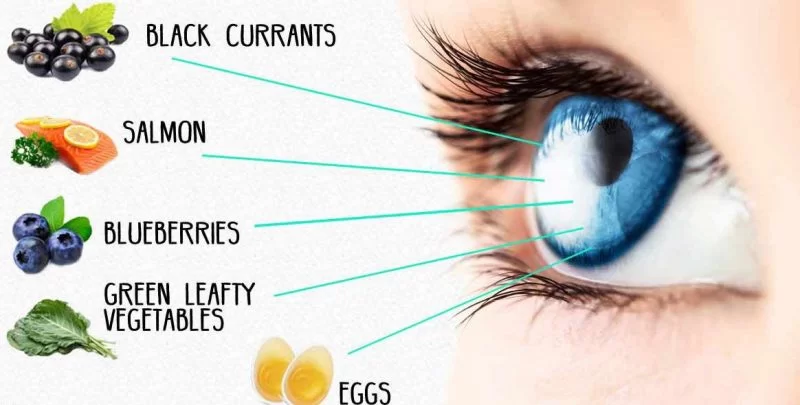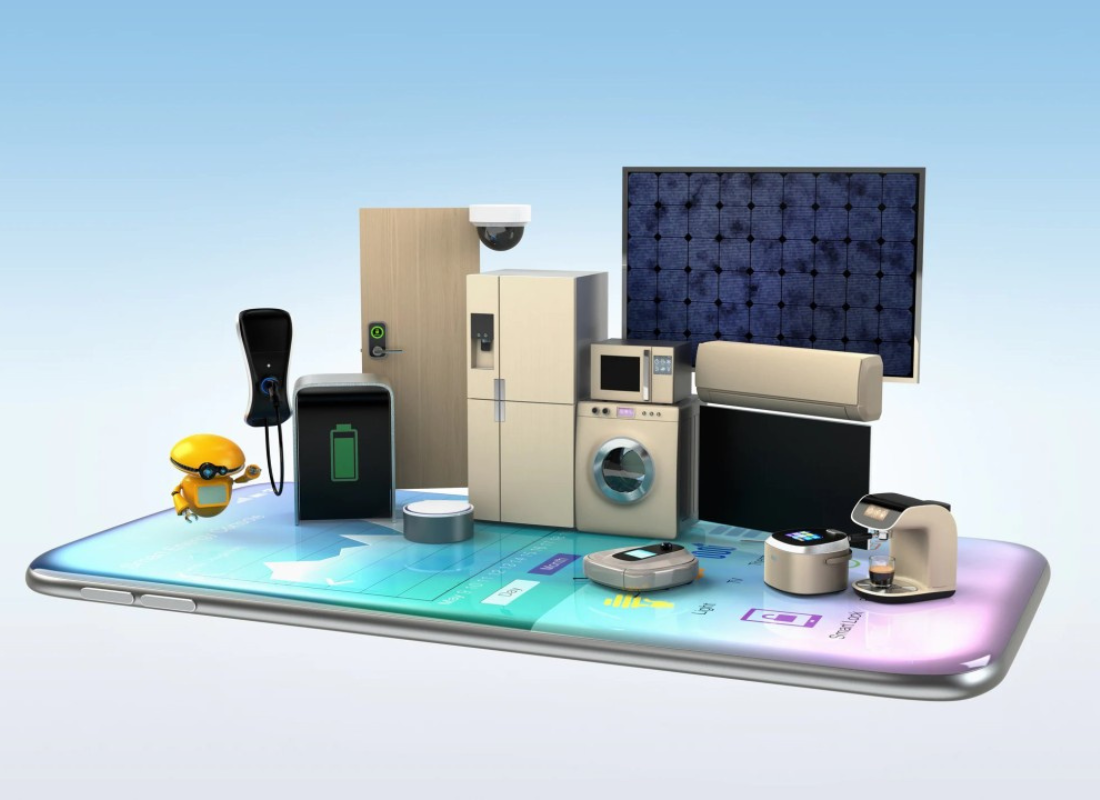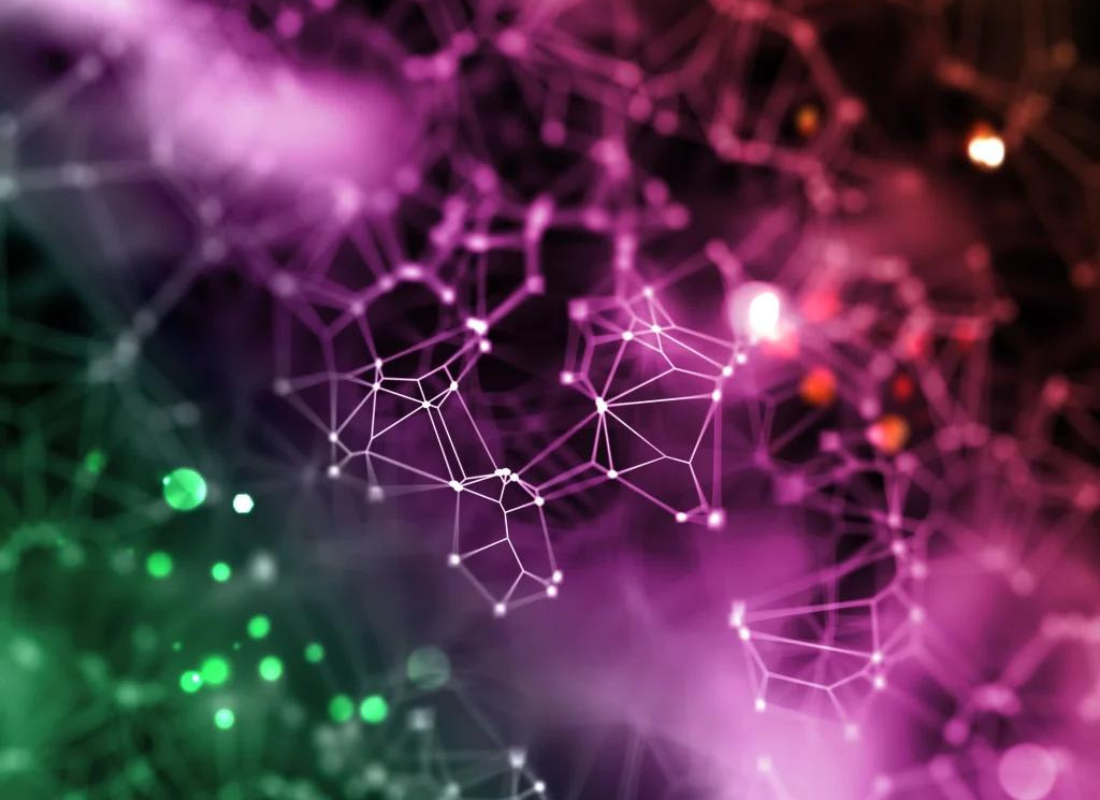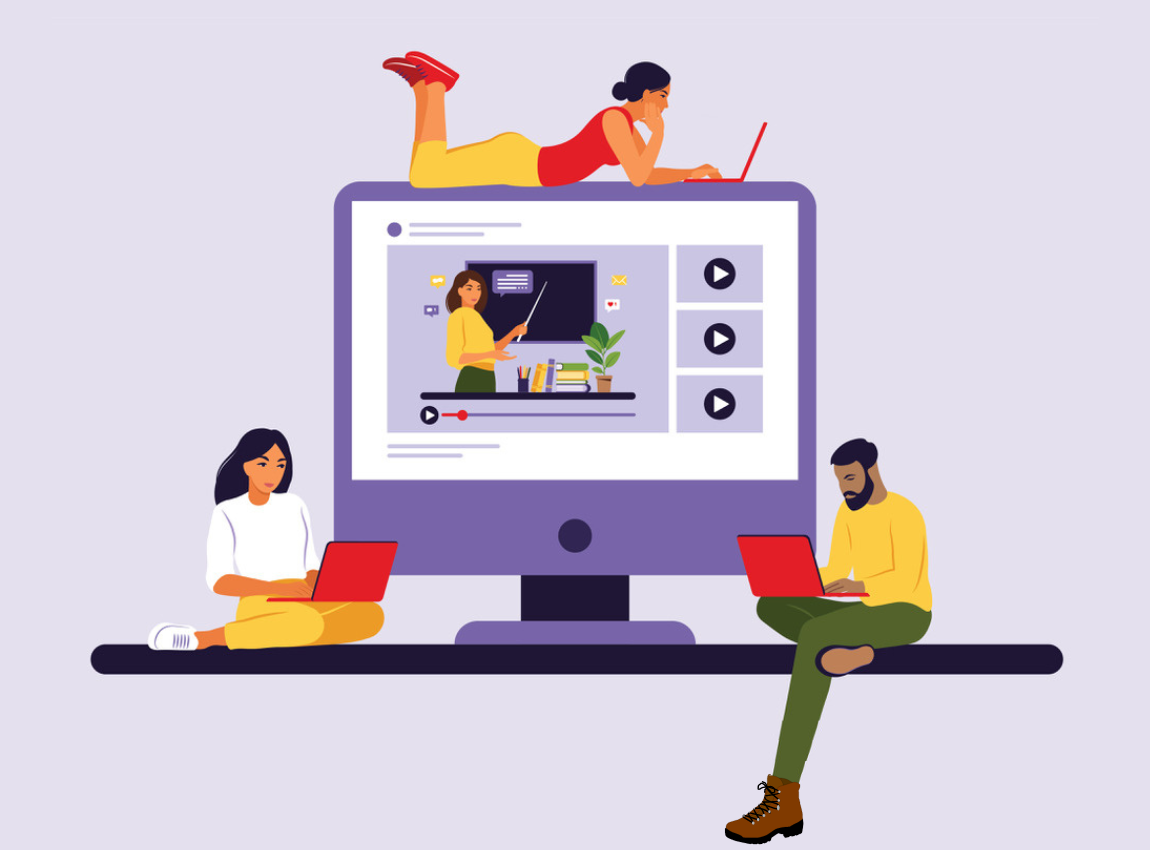Healthy Eyesight is the basic requirement of every humankind second to Dental Hygiene, etc. But, for many, maintaining a healthy eyesight nutritional dietary plan is a no go zone. Be that as it may, through the following medical health and physical fitness revised guide, let’s cut the story short.
Top Causes of Healthy Eyesight Disorders
Most people have eye problems at one time or another. Some are minor and will go away on their own, or are easy to treat at home. Others need a specialist’s care.
Whether your vision isn’t what it used to be, or never was that great, there are things you can do to get your eye health back on track.
1. Eyestrain
Anyone who reads for hours works at a computer or drives long distances knows about this one. It happens when you overuse your eyes. They get tired and need to rest, just like any other part of your body.
2. Red Eyes
Do your eyes look bloodshot? Why? Their surface is covered in blood vessels that expand when they’re irritated or infected. That gives your eyes the red look.
Eyestrain can do it, and so can a late night, a lack of sleep, or allergies. If an injury is a cause, get it checked by your doctor.
Red eyes could be a symptom of another eye condition, like conjunctivitis(pinkeye) or sun damage from not wearing shades over the years. If over-the-counter eye drops and rest don’t clear it up, see your doctor.
Effective Healthy Eyesight Nutritional Dietary Tips
Early treatment for eye health problems can prevent them from getting worse. So people who notice changes in their vision should schedule a comprehensive eye exam with an optometrist or ophthalmologist.
According to the AAO, the following strategies can help to ensure healthy eyes:
- wearing sunglasses outside, since excessive sun exposure can cause cataracts. A range of sunglasses is available for purchase online.
- stopping smoking
- getting regular eye exams, particularly if there is a family history of eye disease
- wearing eye protection when working with possible eye irritants or dangerous chemicals
- washing hands before applying contacts
- wearing contacts only for the period recommended by the doctor or manufacturer
- protecting eyes from computer-related eye strain by looking away every 20 minutes at something 20 feet away, for 20 seconds
Diabetes is a leading cause of blindness. People with diabetes should carefully monitor blood sugar levels, take medications exactly as prescribed by their doctor, and manage carbohydrate intake while focusing on eating low-moderate glycemic index (GI) foods.
The food we consume can not only be converted into energy for activity but also provides health benefits for the body where one of them is the eye. Nutrients contained in some foods can protect the eyes from several diseases.

Foods for Healthy Eyesight Nutritional Dietary Plan
As an example, the Age-Related Eye Disease Study (AREDS), published in 2001, found that certain nutrients may be resourceful. Suc as, zinc, copper, vitamin C, vitamin E, and beta carotene. For your information, reducing the risk of age-related decline in eye health by 25 percent.
Further studies agree that omega-3 fatty acids (including DHA), copper, lutein, and zeaxanthin are vital for eye health. In this revised article, we look at the evidence for 10 nutrient-rich foods to boost healthy eyesight.
Organizations such as the American Optometric Association (AOA) and the American Academy of Ophthalmology (AAO) continue to recommend nutrients for eye health based on the AREDS reports.
The AREDS reports support the following 10 nutrient-rich foods. Such as;
1. Carrots and Sweet Potatoes
In the first place, Carrots are rich in both Vitamin A and beta carotene. Beta carotene gives carrots their orange color. Vitamin A plays an essential role in vision. It is a component of a protein called rhodopsin, which helps the retina to absorb light.
Research on beta carotene’s role in vision is mixed, though the body needs this nutrient to make vitamin A. Additionally, like carrots, sweet potatoes are rich in beta carotene. They are also a good source of the antioxidant vitamin E.
2. Fish and Salmon
In reality, many fish are rich sources of omega-3 fatty acids. Oily fish are fish that have oil in their gut and body tissue, so eating them offers higher levels of omega-3-rich fish oil. The fish that contains the most beneficial levels of omega-3s include:
- tuna
- salmon
- trout
- mackerel
- sardines
- anchovies
- herring
Some studies have found that fish oil can reverse dry eye, including dry eye caused by spending too much time on a computer.
3. Greens and Leafy Vegetables
Leafy green vegetables are rich in both lutein and zeaxanthin and are also a good source of eye-friendly vitamin C.
Well-known leafy greens include:
- spinach
- kale
- collards
4. Legumes and Nuts
By the same fashion, Nuts are also rich in omega-3 fatty acids. Nuts also contain a high level of vitamin E, which can protect the eye from age-related damage.
On the contrary, Nuts are available for purchase in most grocery stores and online. For instance, Nuts and legumes that are good for eye health include:
- walnuts
- Brazil nuts
- cashews
- peanuts
- lentils
5. Almond and Nutritious Seeds
Like nuts and legumes, seeds are high in omega-3s and are a rich source of vitamin E.
Seeds are available for purchase in most grocery stores and online. Seeds high in omega-3 include:
- chia seeds
- flax seeds
- hemp seeds
Almonds contain vitamin E. Taking regular amounts of vitamin E can help prevent eye disorders due to age and cataracts.
6. Healthy Eyesight in Citrus Fruits
Citrus fruits are rich in vitamin C. Just like vitamin E, vitamin C is an antioxidant that is recommended by the AOA to fight age-related eye damage.
Vitamin C-rich citrus fruits include:
- lemons
- oranges
- grapefruits
Equally important, Oranges contain vitamin C which is the key to eye health. We can find Vitamin C in fresh fruits and vegetables.
By all means, Vitamin C plays a role in maintaining the health of blood vessels in the eye so that it can prevent the development of cataracts and eye disorders due to age.
7. Beef and Pork
Beef is rich in zinc, which has been linked to better long-term eye health. Zinc can help delay age-related sight loss and macular degeneration.
The eye itself contains high levels of zinc, particularly in the retina, and the vascular tissue surrounding the retina. Meats such as chicken breast and pork loin also contain zinc, but at lower levels than beef.
8. Eggs and Poultry
In general, Eggs are an excellent source of lutein and zeaxanthin. Of course, which can reduce the risk of age-related sight loss. Another important key, Eggs are also good sources of vitamins C and E, and zinc.
Above all, Zinc has the role of carrying vitamin A from the liver to the retina. Foods that have high zinc content are shellfish, beef, pork, and chicken.
9. Smoothies and Water
It may come as no surprise that a fluid essential to life is also vital to eye health. Drinking plenty of water can prevent dehydration, which may reduce the symptoms of dry eyes.
Smoothies are a staple among health junkies, and we have to agree: they’re ridiculously easy to make, filled with fruits and veggies, and make you feel like a pro when you whip up a particularly delicious blend.
It’s unsurprising, then, that smoothies have become a regular menu item at fast-food joints across the nation—but not all smoothies are created equal, and you’re better off skipping many of those high-calorie, sugary drinks disguised as a healthy option.
10. Broccoli for Healthy Eyesight
Surprisingly, Broccoli contains vitamin A (lutein, zeaxanthin and beta carotene), vitamin C and vitamin E which can protect cells in the eyes from free radicals.
Let’s choose foods full of nutrition to maintain the health of your beautiful eyes.
Healthy Eyesight Nutritional Value Addons
Chiefly, having a healthy and balanced diet is the key to maintaining eye health and can reduce the risk of eye disorders. Serious eye disorders can be prevented by consuming food containing vitamins, nutrients, and minerals.
As can be seen, Eyesight disorders that can be prevented by consuming healthy foods such as:
- Cataracts
- Decreased eye function due to age
- Glaucoma
- Dry eyes
- Decreased night vision
Antioxidants are needed to keep the eyes healthy. Here are some types of antioxidants needed to maintain eye health:
- Lutein
- Zeaxanthin
- Vitamins A, C, E
- Beta carotene
- Omega-3 fatty acids
- Zinc
Above all, the current daily recommendations for healthy eye nutrients, as suggested by the AAO to slow the progression of eye disease, are:
- 500 milligrams (mg) of vitamin C
- 400 international units of vitamin E
- 10 mg lutein
- 2 mg zeaxanthin
- 80 mg of zinc oxide
- 2 mg of copper oxide
Digital & Computer Healthy Eyesight Strain Concerns
Notably, with the rise in the competitive cloud computing edge, computer eye strain can be troublesome. For instance, I spend almost half of my day behind a computer or mobile gadget. Working myself tirelessly and clocking both my scheduled timelines, brain and even eyes capacity.
Of course, with so much to do behind these computerized, and glass light enabled gadgets, computer eye strain comes handy. Even though this topic sounds unfamiliar, to some, it is a risk worth a few minutes of their precious time. Especially, with consideration to our revised scientific proven and holistic practiced methods. That could be a lifesaver to you are even someone close to you.
Important to realize, on our previous exclusive blog, we discussed Asthenopia or Asthenopic (eye strain). Whereby, symptoms in the eye are responsible for much of the severity in CVS (Computer Eye Strain).
For your Takeaway,
Finally, whether it is your desktop, laptop, tablet, or smartphone, many individuals experience eye discomfort and vision problems. Particularly, when viewing digital screens for an extended period of time. As screen time increases at home or in the office, so do symptoms.
Then again, from dry eyes and headaches, to shoulder and neck pain as well as blurred vision. Not forgetting, the extent to which an individual will experience visual symptoms often depends on their level of visual ability and amount of time spent looking at a digital screen.
In fact, uncorrected vision problems like farsightedness, astigmatism, inadequate eye focusing or eye coordination and changes in the eyes due to aging, can all contribute to the development of visual symptoms when using a computer or digital screen.
Therefore, it is my hope that; from the above-revised article, you’ll play safe. Particularly, around your digital and computerized gadgets. Apart from making sure that you stick on the dietary plan as illustrated above.
In general, this article is still open for more contributions and additions. In that case, to make it as useful and as related to me, you or even someone else out there suffering in silence.
Resourceful References;
- The jmexclusives Holistic Coaches: Computer Eye Strain Adaptive Prevention Tips
- Invision Care: Digital Eye Strain
- Compensation Cafe: Female Overcommitment Is Not Rewarded
- Medical News Today: Top 10 foods for healthy eyes
- Indy 100: Surgeon finds 27 contact lenses in woman’s eye
- Prevention: 30 Healthy Smoothie Recipes That Are Delicious and so Simple to Make
- All About Vision: Computer eye strain: 10 steps for relief






